
Lucerne tunes up for Easter

As Easter approaches, Lucerne is hosting its 11th springtime music festival in the stunning lakeside Culture and Convention centre and various churches across the town.
Until March 24 the central Swiss city is buzzing with the sounds of philharmonic orchestras, chamber music groups and even a jazz trio. Organisers predict that the musical montage will attract around 12,000 visitors.
The wide range of musical styles has been brought together under the banner of “mix-and-match”.
“We are looking for the connections between symphony concerts and sacred music,” says Regina Wohlfarth, the Lucerne festival’s press secretary. “We will have some religious music in the concert hall and we have some non-religious music in the churches.”
The Carmina Quartet opened the festival on Friday night with a Haydn concert in the town’s Franciscan church. Other orchestra’s scheduled to perform are the Champs-Elysées Orchestra, the Gustav Mahler Youth Orchestra and the Munich Philharmonic Orchestra.
Three festivals a year
Lucerne is no stranger to music festivals – it hosts three every year. The biggest is the four-week-long summer festival, which was founded in 1938. After Salzburg it is the oldest music festival in Europe and forms one of the mainstays of Lucerne’s tourist industry.
The Easter festival is smaller and focuses on musical talent from Europe, whereas the summer one attracts big names from all over the world, such as the Chicago Philharmonic orchestra.
Gustav Mahler Youth Orchestra
Topping the list of highlights at this year’s Easter festival are two performances by the Gustav Mahler Youth Orchestra, which is made up of the crème de la crème of Europe’s musicians under the age of 26.
Among other works, the young troop will be performing Austrian composer Anton Bruckner’s eighth symphony as well as Swiss composer Arthur Honegger’s third symphony.
They’ll be guided by the trusty baton of their Swiss conductor, Christoph Mueller.
First-class concert hall
But the music is only part of the attraction. The major concerts are taking place in Lucerne’s Culture and Convention (LCC) centre’s first-class concert hall, which is one of the best in the world.
The exterior of the hall – which is actually inside the futuristic LCC – is shaped like the curve of a double bass and is made of wood, which is the same colour as violins and cellos. Inside, the doors open on to a vast white chamber, which can seat 1,840 people.
In the highest reaches of the auditorium is a semi-circular reverberation chamber which, when opened, reveals a deep red interior, which contrasts dramatically with the white body of the hall.
But the hall is not just beautiful, it boasts almost perfect acoustics based on the principle of “absolute silence”.
“The first thing you see when you come in is the huge acoustical canopy hanging over the stage,” Denise Fehlmann, a resident guide, explains. “It’s 190 square metres and weighs 20 tons. It can be lowered to reduce the volume.”
She adds that the reverberation chamber at the front of the stage has 50 doors. When the doors are closed the hall has a volume of 18,000 cubic metres, but if the doors are open the volume increases by 7,000 meters.
This prolongs the time of sound reverberation from 1.6 seconds to almost three seconds, which Fehlmann says is “very interesting to the musical world”.
Lake Lucerne
The LCC lobby is a place of space and tranquillity. Water trickles through specially designed canals, which bring the waters of Lake Lucerne inside, and red and white spotlights in the high ceiling give the building a fairytale feel.
The bar area is surrounded by large oblong windows, each one designed to show different views of Lucerne. But one can also take an interval drink on the roof terrace and enjoy the magical waterfront view.
The entire building, designed by the star French architect, Jean Nouvel, cost a staggering SFr219 million. It’s based around the idea of three figurative ships – the concert hall, the smaller Lucerne Hall and the congress centre – all of which are connected by Bordeaux-red gangways.
The effect is airy, modern and simply beautiful, and is worthy of comparison with the “other” famous waterside concert venue thousands of miles away – the Sydney Opera House.
They both cost a fortune, they’re both based on nautical themes and both are the jewels in their respective cities’ crowns.
by Sally Mules

In compliance with the JTI standards
More: SWI swissinfo.ch certified by the Journalism Trust Initiative
















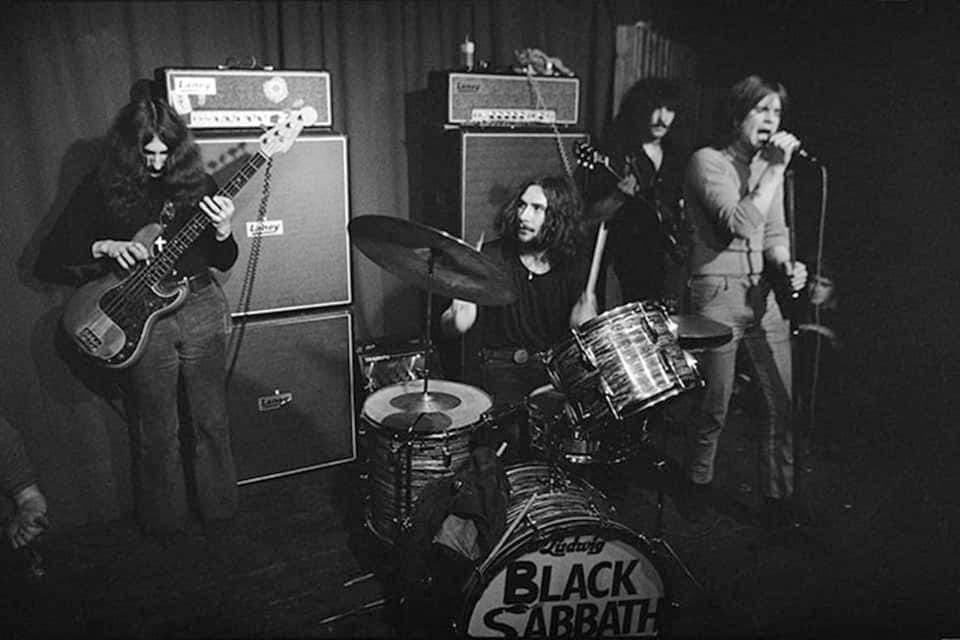










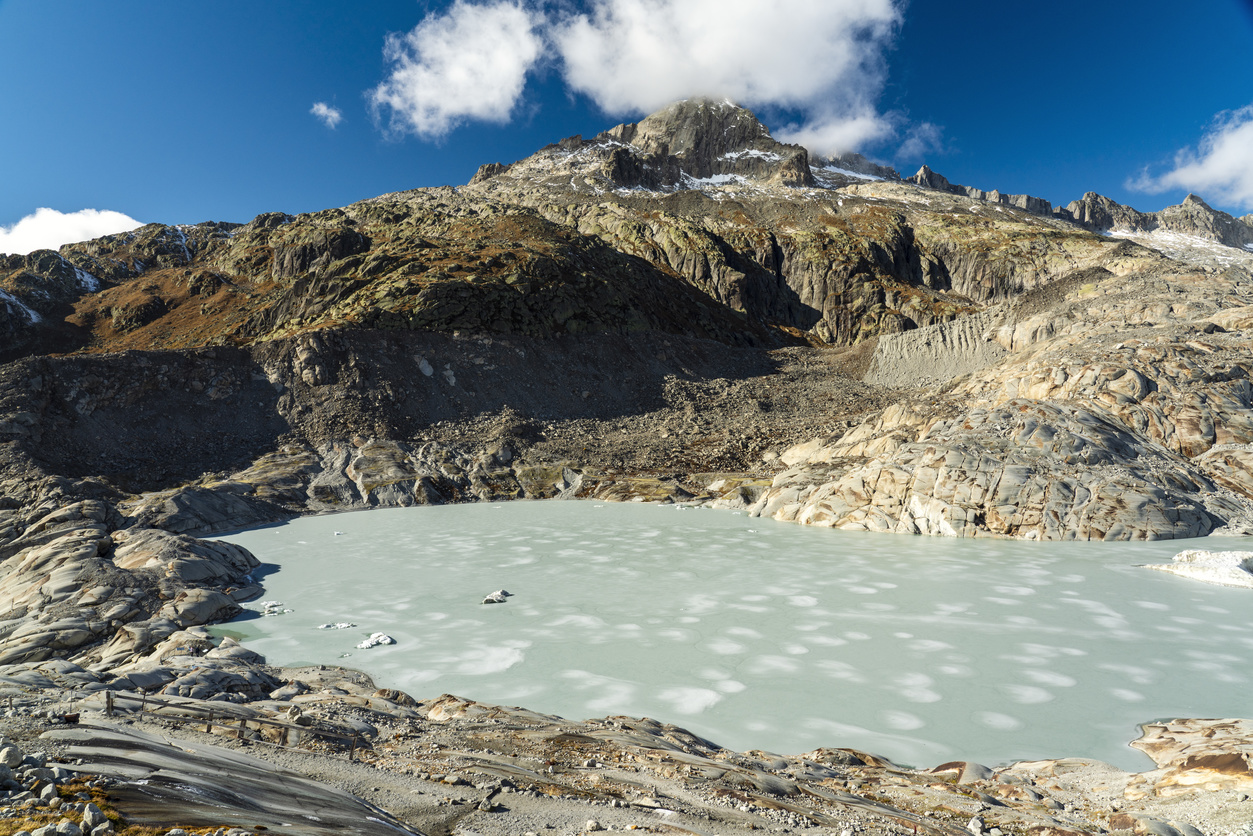
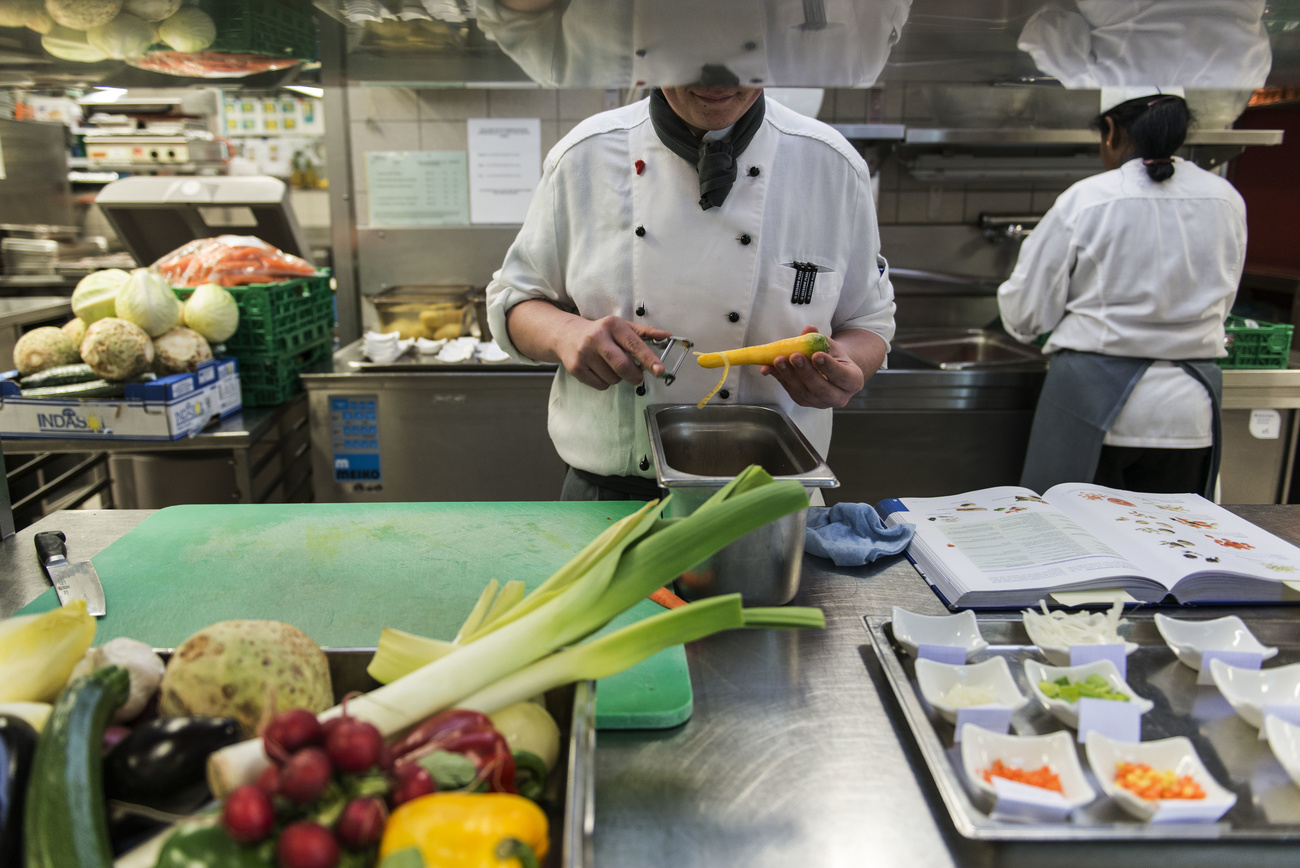

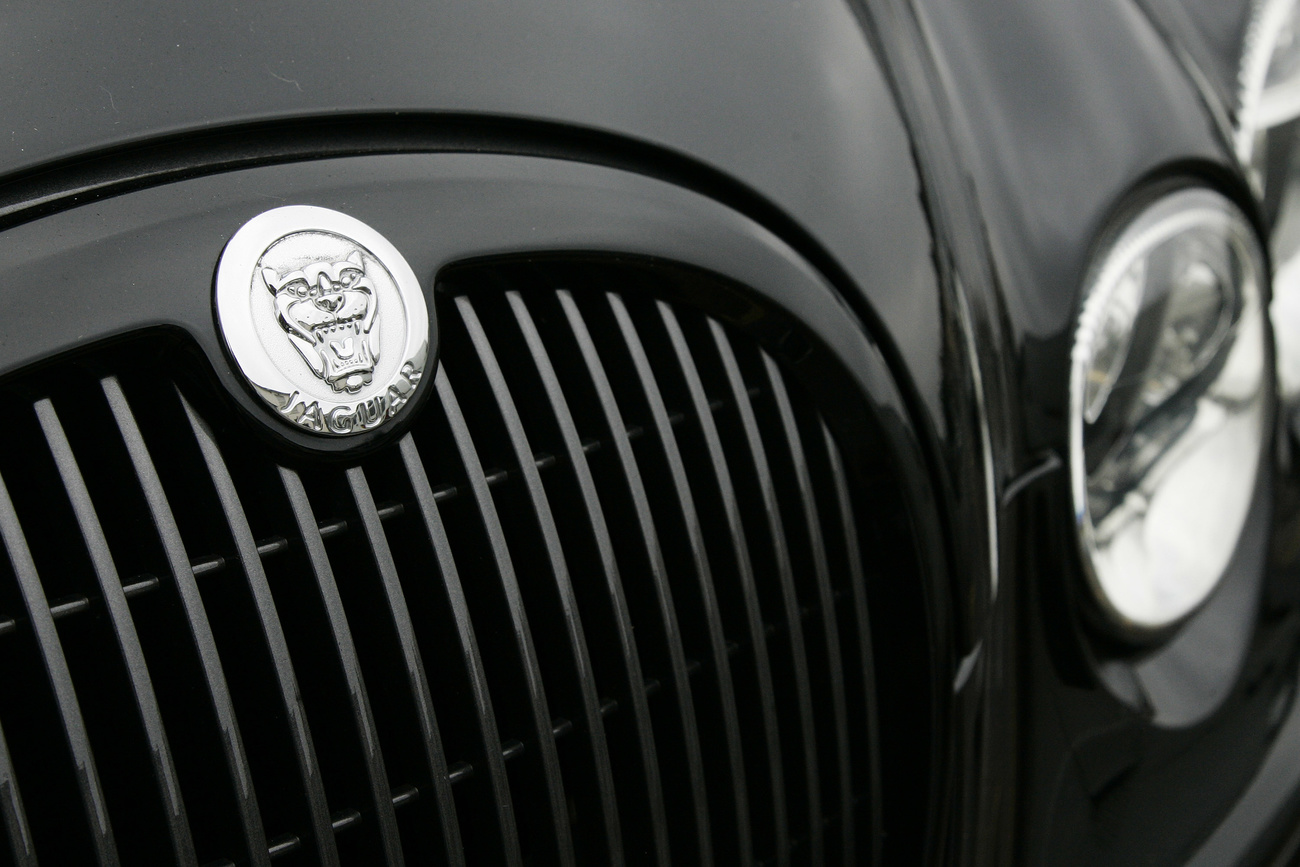

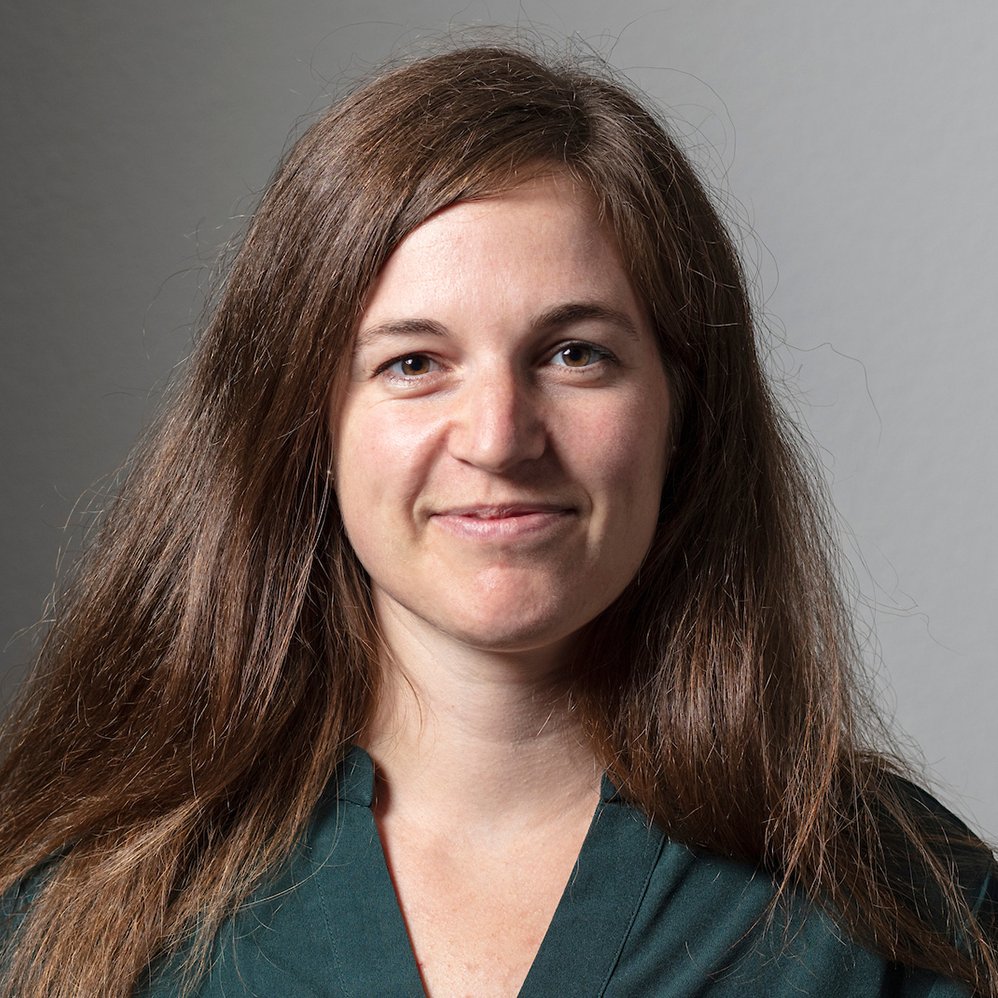


You can find an overview of ongoing debates with our journalists here . Please join us!
If you want to start a conversation about a topic raised in this article or want to report factual errors, email us at english@swissinfo.ch.